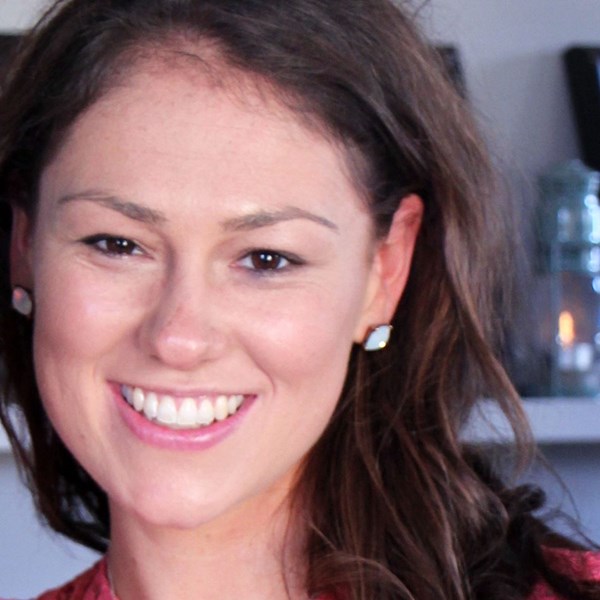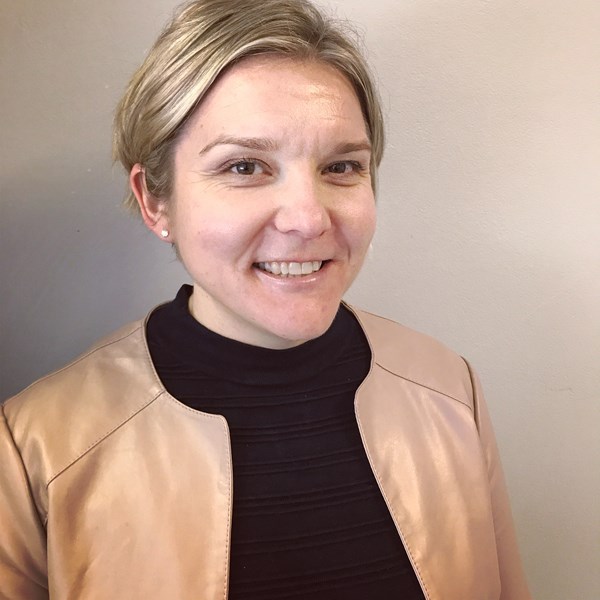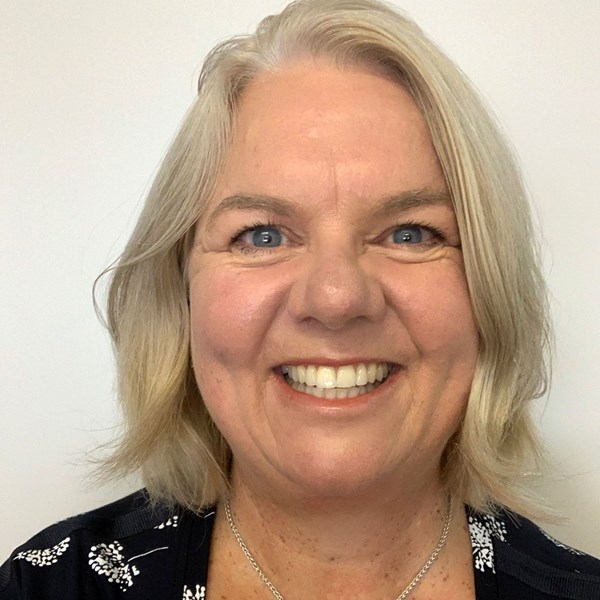2021 Research Grants recipients
A total of $375,000 was awarded to six researchers across Australia to generate new knowledge with the potential to drive improvements in stroke prevention, treatment and care.
Nancy and Vic Allen Stroke Prevention Memorial Fund Grant ($100,000 over two years)
Recipient
 |
Professor Coralie English - University of Newcastle |
Tim Glendinning Memorial Fund for Young Adult Stroke Research Grant ($75,000)
Recipient
 |
Dr Alyna TurnerResuming Employment after Stroke: Enhancement through Telecoordination - RESET Rural Expansion |
Early Career Seed Grant ($50,000)
Recipients
 |
Lauren Christie - Nursing Research Institute (NRI) - St Vincent's Health Network, Sydney and Australian Catholic UniversityReCITE (Remote Constraint Induced Therapy of the upper Extremity): An implementation study |
 |
Dr Caroline Baker - La Trobe University |
 |
Dr Heidi Janssen - Hunter New England Local Health District |
 |
Dr Di Marsden - Hunter New England Local Health District |
About the projects
i-REBOUND after stroke – development of an online program to prevent recurrent stroke and support long-term health and well-being
After a stroke, getting enough exercise and eating a healthy diet are important to live well and to reduce the risk of having another stroke. Currently, there are no online exercise and healthy eating programs designed specifically for people with stroke.
The “i-REBOUND” online resource will be designed in partnership with survivors of stroke to make sure it is accessible for all, including people with aphasia. The website will include resources like exercise videos, menus and cooking demonstrations, featuring people with stroke. It will be housed on Stroke Foundation’s EnableMe survivor of stroke resource and online community.
Why is this important?
“You can’t be what you can’t see.” While there are literally thousands of websites about healthy eating and exercise out there, none are specifically designed with, and for people living with stroke. The website will show survivors of stroke with different experiences and levels of disability demonstrating exercise and cooking skills in a range of formats. In the future, we hope to be able to offer real-time, individualised exercise classes and dietary counselling and support.
Resuming Employment after Stroke: Enhancement through Telecoordination - RESET Rural Expansion
RESET Rural expansion will take a successful, established post-stroke return to work service, testing and tailoring it to best meet the needs of regional and rural Australians. Researchers will engage a working group of rural dwelling young people with stroke and health professionals to guide service refinement and test the intervention and research procedures in regional and rural health sites.
Why is this important?
Return to work following stroke is an important rehabilitation milestone. Young adults with stroke face many challenges including dependent families, higher costs of living from mortgage and the burden of establishing businesses or qualifications. They have many years of lost productivity if they are unable to return to work. While support may be offered via rehabilitation, rural areas have limited access to specialised services, such as return to work support. We hope our telehealth delivered service will help increase rates of successful return to work following stroke.
While this project could stand alone and inform service provision, the ultimate aim is to test this intervention in a clinical trial and roll out into services across Australia. This project is a vital step towards securing funding to achieve these longer-term goals.
“We are excited and honoured to receive the Tim Glendinning Memorial Grant. This project is a crucial step in the development of a return to work intervention that meets the needs of young people with stroke,’’ Dr Turner said.
“We hope such a service can increase rates of successful return to work post-stroke, positively impacting the survivor’s quality of life and social engagement while reducing financial and emotional distress. In turn, we hope this will benefit society.”
ReCITE (Remote Constraint Induced Therapy of the upper Extremity): An implementation study
This study will evaluate the feasibility of delivering Constraint-induced movement therapy (CIMT) via telehealth using the online resources.
Constraint-induced movement therapy (CIMT) is used to treat arm weakness after stroke. This treatment is a strongly recommended intervention in the Clinical Guidelines for Stroke Management. Telehealth is an alternative to face-to-face treatment. More survivors of stroke in regional Australia and those with limited transport can access this treatment when it is provided online using a computer or device (telehealth).
The TIDE (TeleCIMT International DEvelopment) group of occupational therapists, physiotherapists and researchers from Australia, United Kingdom and New Zealand developed online CIMT resources in response to the COVID-19 pandemic.
The project will investigate if TeleCIMT produces similar outcomes to face-to-face CIMT, and what therapists and survivors of stroke think about TeleCIMT. This study will evaluate the feasibility of delivering CIMT via telehealth using the online TIDE resources, stroke survivors’ experiences of TeleCIMT and explore therapists’ experiences and use of the online CIMT resources.
Why is this important?
Around 33 percent of survivors of stroke are eligible for CIMT, but fewer than 12 percent of eligible survivors of stroke receive CIMT. To date, CIMT has primarily been available through private providers at a significant cost to the survivor of stroke and in limited usually metropolitan locations. Successful delivery of CMIT via telehealth will enable the therapy to be more accessible and affordable, potentially improving health outcomes for thousands of Australians impacted by stroke. Long term, it has the potential to change the way this treatment is delivered nationally and internationally.
Optimising mood and wellbeing with aphasia after stroke: a feasibility study of Prevention Intervention and Support in Mental health (PRISM) via telerehabilitation
This study aims to test the feasibility of the intervention – Aphasia PRevention Intervention and Support in Mental health (Aphasia PRISM) via telerehabilitation for people with post-stroke aphasia within rural/regional community settings.
Aphasia is a chronic communication disability affecting a third of survivors of stroke. People with aphasia are twice as likely to experience depression and anxiety compared to survivors of stroke without aphasia. Negative impacts include stigma, loss of relationships and reduced participation, particularly for those living in rural/regional areas.
Upon completion of this study, we will understand:
- Acceptability of Aphasia PRISM via telerehabilitation to people with aphasia living in rural/regional areas.
- Participants’ experience and preferences within the intervention program and their mood, quality of life and participation outcomes.
- Feasibility of study processes using a randomised controlled trial design. The findings of this research will inform stroke clinical practice, study process and requirements for a larger scale study to include more participants across communities in Australia.
Why is this important?
People with aphasia in rural/regional areas experience increased mental ill health, higher stroke incidence and reduced access to psychological services compared to those living near major cities. Aphasia PRISM may prevent depression/anxiety, enhance wellbeing and lead to stroke clinicians trained in facilitating the intervention. While most aphasia telerehabilitation studies have focused on provision of speech-language therapy, very few have directly targeted mood outcomes using psychological therapies. Aphasia PRISM will address these evidence-practice gaps.
Yarning up After Stroke
This project involves partnering with Aboriginal and Torres Strait Islander communities and people living with stroke to take and adapt a yarning based tool for self-management of recovery. The Take Charge tool has shown to improve quality of life and reduce burden in Indigenous peoples of New Zealand. It will be adapted to be culturally appropriate and safe for use by Aboriginal and Torres Strait Islander people in Australia.
This project is a collaboration between the Aboriginal community, Hunter New England Local Health District (NSW Health) and other providers of health and well-being services within community.
Additionally, Yarning up After Stroke will strengthen community awareness of stroke signs and symptoms and recovery, and importantly, determine culturally appropriate means of understanding the impact that stroke has on the long-term psychological health of Aboriginal and Torres Strait Islander people and their communities who are living with stroke.
Why is this important?
Stroke is almost twice as common, and the stroke related burden, almost three times greater in Aboriginal people compared to non-Aboriginal people. Furthermore, there is a lack of culturally appropriate self-management strategies to address activity limitations and participation restriction after stroke which likely contributes to poorer quality of life for Aboriginal and Torres Strait Islander people living with stroke.
The narrative-based tool and selected (and adapted) measurement tools arising from this project will be used in future national trials to develop and evaluate stroke rehabilitation tools which have been built by Aboriginal and Torres Strait Islander people for Aboriginal and Torres Strait Islander people living with stroke.
Let’s have a yarn about our bladder - partnering with Aboriginal people to implement stroke guideline-recommended urinary continence and lower urinary tract symptom care that is culturally appropriate and safe
The project team will partner with Aboriginal communities to co-produce an intervention that is culturally appropriate and delivers guideline-recommended continence care.
Initially the project will focus on instigating early management and removing the stigma often associated with urinary continence issues. Following the development of the intervention, it will be supported by wide-scale implementation into stroke services.
Why is this important?
By failing to provide culturally appropriate continence care, we may inadvertently widen health disparities and further disadvantage Aboriginal people.
Approximately one-third of inpatients with stroke will experience urinary continence issues, however only one-third of these people receive a continence management plan. Poorly-managed symptoms can lead to complications, such as urinary tract infections, falls, and pressure injuries, and adversely affect a person’s quality of life, mood and physical function.
